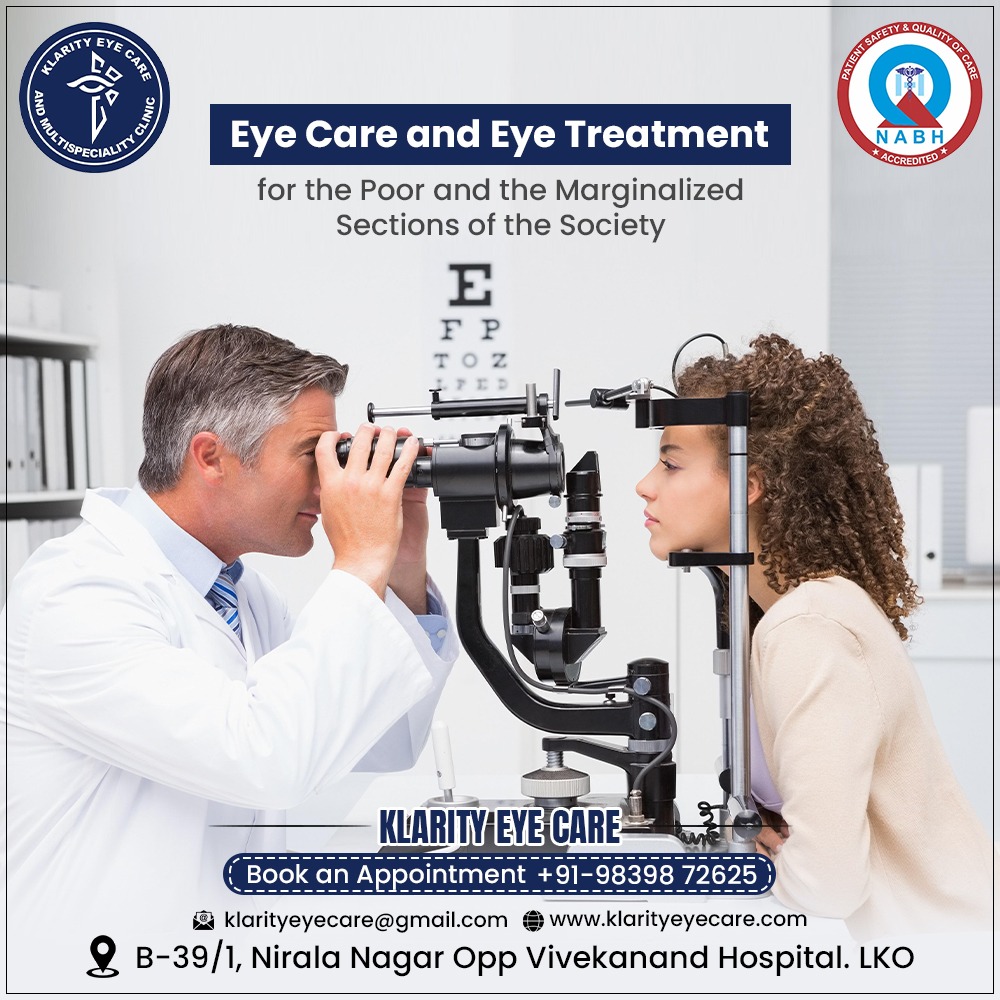The Double Marker Test is a vital prenatal screening that helps in detecting chromosomal abnormalities in a developing fetus. It is an essential part of early pregnancy care, ensuring both the mother’s and baby’s health. This test provides valuable insights and is highly recommended for expecting mothers.
What is a Double Marker Test?
A Double Marker Test is a blood test performed during the first trimester of pregnancy, typically between the 10th and 14th week. It measures two essential hormones:
- Free Beta-hCG: A hormone produced by the placenta.
- PAPP-A (Pregnancy-Associated Plasma Protein A): A protein linked to the development of the fetus.
This test helps assess the risk of chromosomal abnormalities such as Down syndrome (trisomy 21), Edwards syndrome (trisomy 18), and Patau syndrome (trisomy 13).
Why is the Double Marker Test Important?
The Double Marker Test plays a crucial role in ensuring the baby’s healthy development. Here’s why it is important:
- Early Detection of Risks: It helps identify potential genetic disorders early in the pregnancy.
- Informed Decisions: Parents receive detailed insights to plan further medical steps if necessary.
- Safe and Non-Invasive: It is a simple blood test that poses no risk to the mother or baby.
- Accurate Screening: When combined with an ultrasound, it provides reliable results.
Who Should Take the Double Marker Test?
The Double Marker Test is generally recommended for all pregnant women. However, it is especially crucial for:
- Women aged 35 or older.
- Couples with a family history of genetic disorders.
- Mothers with existing health conditions like diabetes or thyroid issues.
- Those who underwent assisted reproductive techniques like IVF.
This test is a preventive measure to ensure the well-being of both mother and baby.
Procedure for the Double Marker Test
The process for the Double Marker Test is simple and quick:
- Blood Sample Collection: A small amount of blood is drawn from the mother.
- Lab Analysis: The sample is analyzed to measure the levels of Free Beta-hCG and PAPP-A.
- Combined Report: The results are assessed alongside the nuchal translucency (NT) scan from an ultrasound.
The combined screening provides a comprehensive risk assessment for chromosomal abnormalities.
Benefits of the Double Marker Test
Opting for the Double Marker Test offers several benefits:
- Early Detection: Identifies risks at an early stage, allowing timely medical intervention.
- Peace of Mind: Reduces anxiety by providing clarity about the baby’s health.
- Personalized Care: Helps doctors tailor the pregnancy care plan based on the results.
- Non-Invasive: A simple and safe procedure for both mother and baby.
Understanding the Results
The results of the Double Marker Test are categorized as:
- Low Risk: Indicates minimal chances of chromosomal abnormalities.
- High Risk: Suggests a higher likelihood of abnormalities, prompting further diagnostic tests like amniocentesis or CVS (chorionic villus sampling).
It is essential to discuss the results with your doctor, who will guide you on the next steps.
Double Marker Test vs. Triple Marker Test
Many parents wonder about the difference between the Double Marker Test and the Triple Marker Test. While the Double Marker Test focuses on Free Beta-hCG and PAPP-A, the Triple Marker Test also measures estriol, an additional hormone. The Triple Marker Test is conducted later, around the second trimester, and provides further screening.
Both tests are crucial for monitoring the baby’s development and identifying risks.
When and Where to Get the Test?
The ideal time for the Double Marker Test is during the first trimester, between the 10th and 14th week. To ensure accurate results:
- Choose a trusted diagnostic center or hospital.
- Follow any pre-test instructions provided by your doctor.
- Pair the test with an ultrasound for the most accurate risk assessment.
Tips for Expecting Mothers
Preparing for the Double Marker Test is simple. Here are some tips:
- Stay Calm: The test is quick and painless.
- Consult Your Doctor: Discuss any concerns or questions before the test.
- Maintain a Healthy Lifestyle: Proper nutrition and regular checkups support a healthy pregnancy.
Remember, this test is just one step in ensuring a safe and healthy pregnancy journey.
Conclusion
The Double Marker Test is an essential screening tool that helps identify potential risks in the early stages of pregnancy. It provides valuable insights for parents and doctors, ensuring timely care and intervention. With its non-invasive procedure and reliable results, the test is a must for all expecting mothers.

